Explanation
Goseokjeong Pavilion is the most scenic spot among the eight scenic views of Cheorwon. The crystal clear waters of the Hantangang River wind around Goseokbawi Rock, a peculiarly shaped rock about 10 meters tall that stands dominantly in the middle of the river. Goseokjeong Pavilion is a two-story tower-style pavilion that has an area of about 33 square meters, built halfway up the Hantangang River during the reign of King Jinpyeong (r. AD 579-632) of the Silla Kingdom. Today, Goseokjeong refers to the entire area around Goseokjeong Pavilion and the valley surrounding Goseok Rock. Designated as a Monument of Gangwon-do, the pavilion is known to have been one of the most favored places by King Jinpyeong of the Silla Kingdom, and King Chungsuk of the Goryeo dynasty. The area became all the more famous as the arena of Im Kkeok-jeong (?-1562), who was a legendary leader of a peasant rebellion in the early Joseon dynasty.
The pavilion was destroyed during the Korean War and restored in 1971 by community leaders in Cheorwon. Unfortunately, it was damaged once again by flood in 1996 and reconstructed the year after. There is a natural stone chamber inside Goseokbawi Rock that Im Kkeok-jeong used as a hiding place. On the opposite side, there are remains of a stone castle. Jiktang Waterfall is located about 2 kilometers up from this site, while Sundam Valley is situated about 2 kilometers in downstream. Goseokjeong is a year-round tourist attraction with an extensive grass square and recreational facilities. It is also the starting point for DMZ tours as the Iron Triangle Battlefield Conservation Office is located here and in winter, visitors can enjoy migratory bird tours.
Inquiry
+82-33-450-5558
Homepage
Information Use
Contact and Information : • 1330 Travel Hotline: +82-2-1330
(Korean, English, Japanese, Chinese)
• For more info: +82-33-450-5558, 5559
Parking facilities : Available
Day off : Tuesdays, Seollal (Lunar New Year’s Day) & Chuseok (Korean Thanksgiving Day) holidays
More information
Tour Course Information
[Safety Tour departing from Goseokjeong]
Goseokjeong - The 2nd Underground Tunnel - Cheorwon Peace Observatory - Cheorwon Durumi Hall (Crane Pavilion) - Woljeong-ri Station
Parking Fees
Small cars: 2,000 won / Large vehicles: 5,000 won
Restrooms
Available
Available Facilities
Goseokjeong Land, Iron Triangle Battlefield, Discontinued Plane Exhibition Hall, Boat, etc.
Location
1825, Taebong-ro, Cheorwon-gun, Gangwon-do
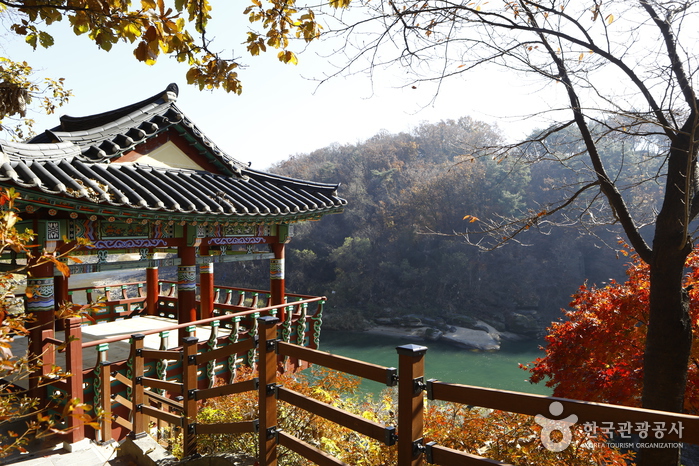

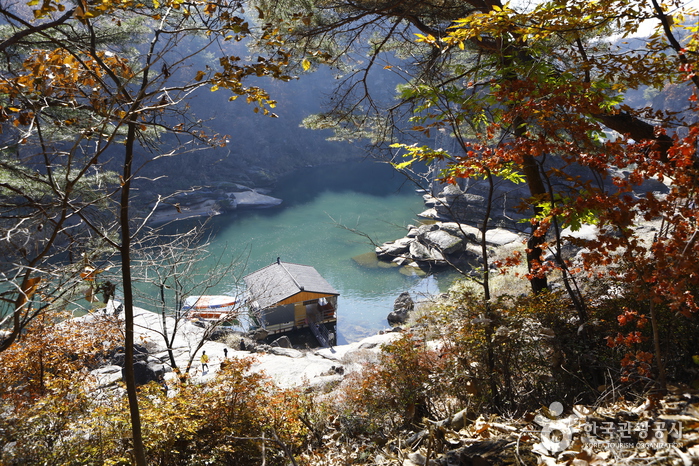
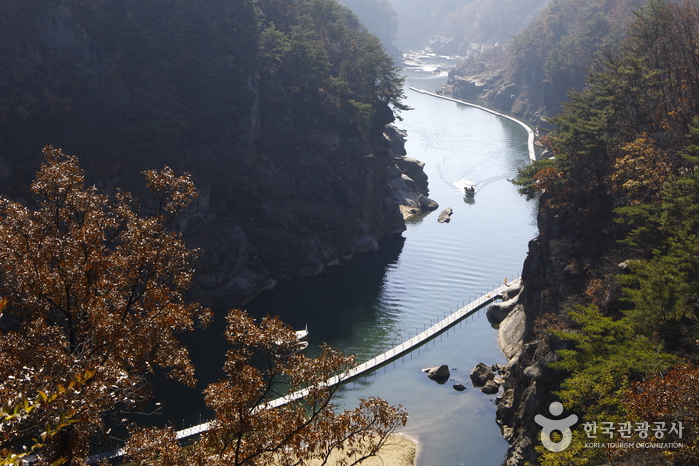
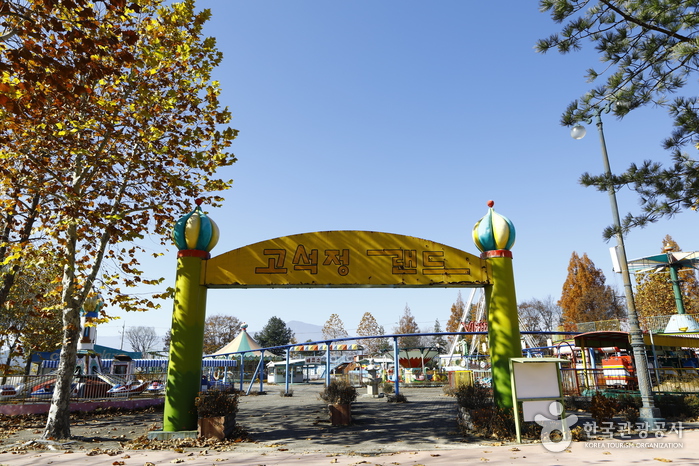
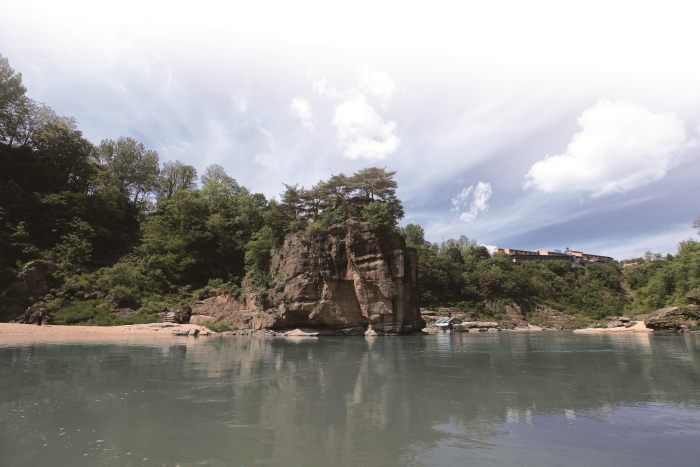

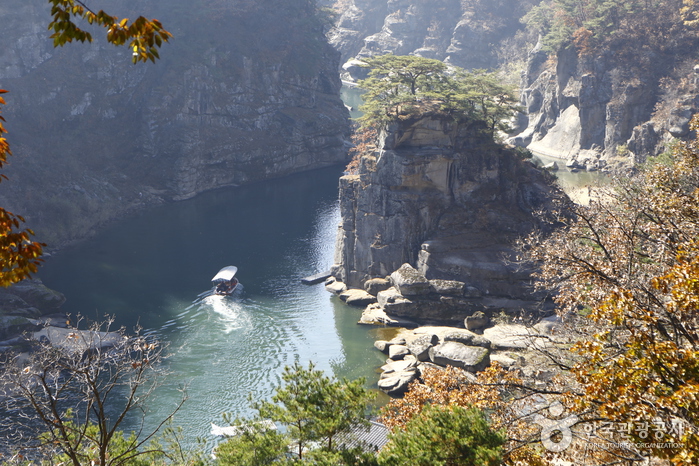
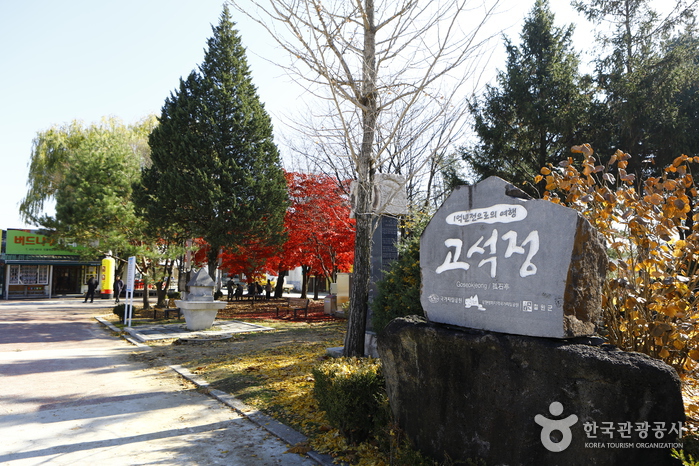
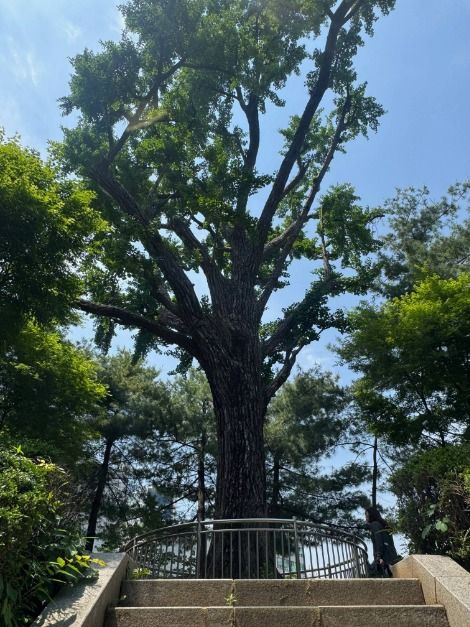
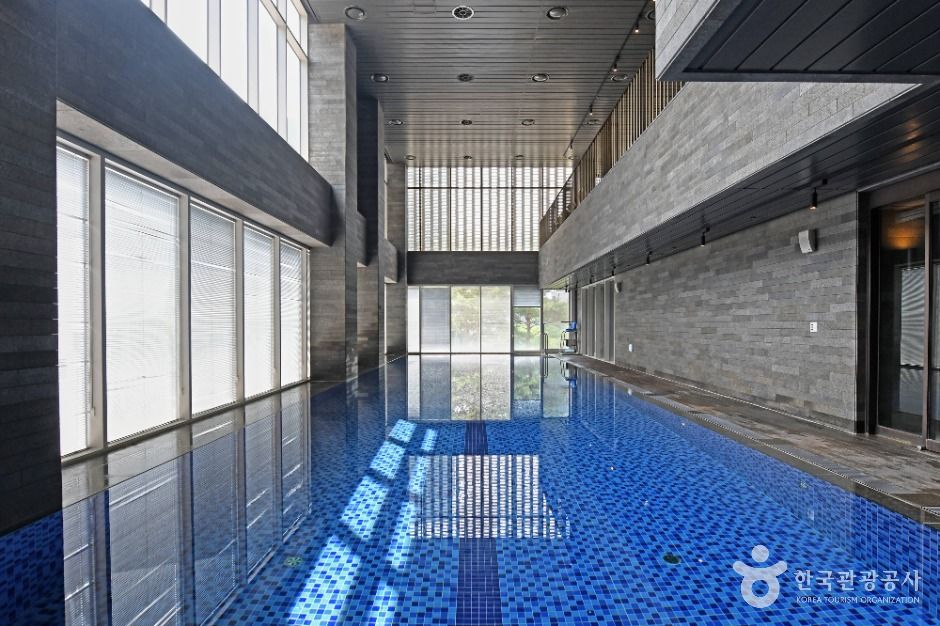
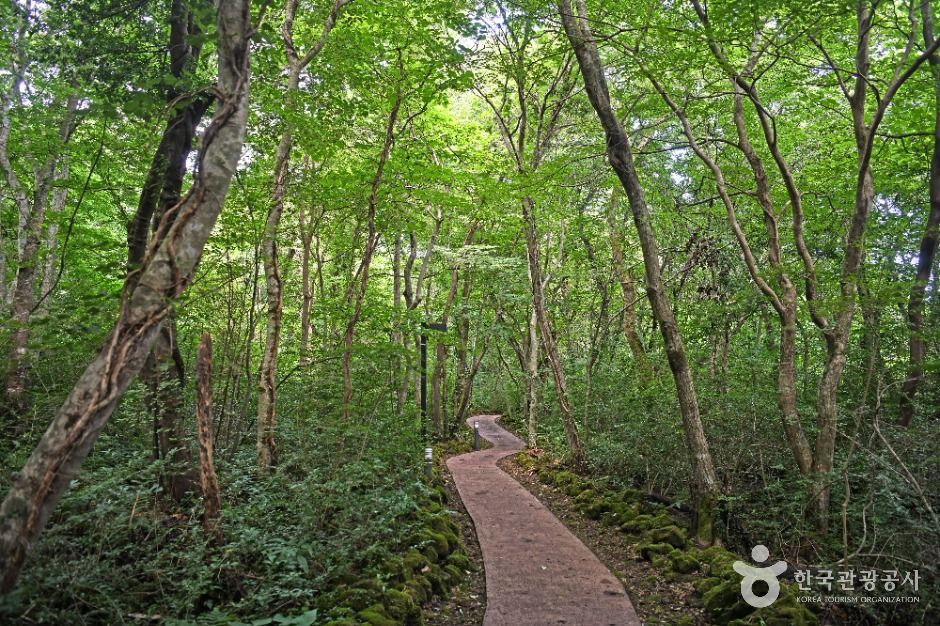
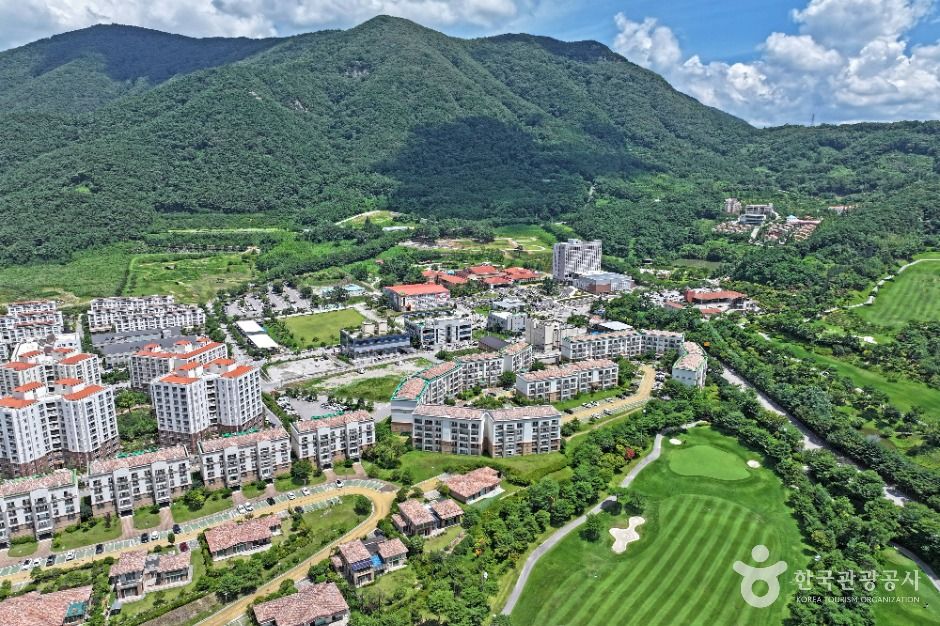
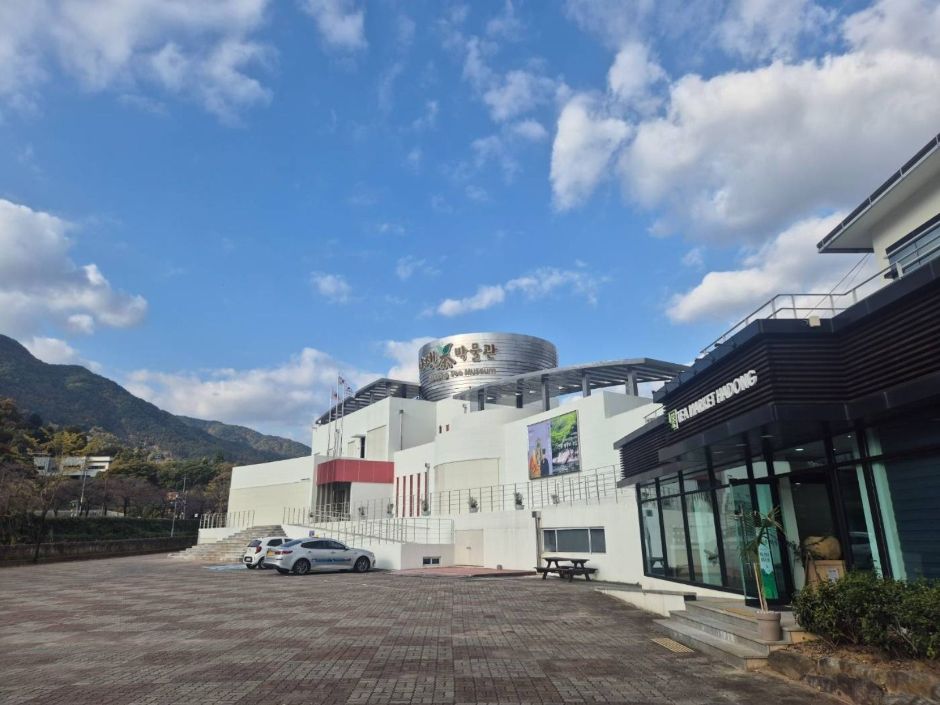
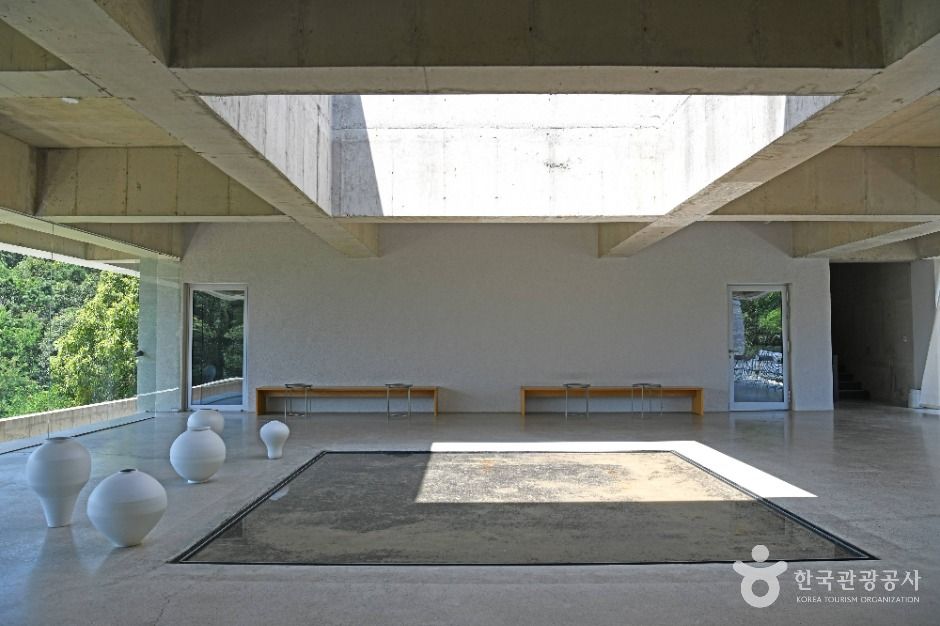


 English
English
 한국어
한국어 日本語
日本語 中文(简体)
中文(简体) Deutsch
Deutsch Français
Français Español
Español Русский
Русский